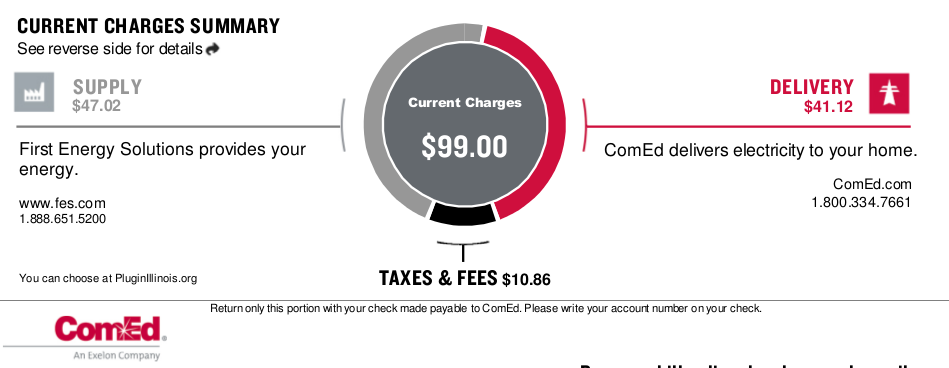Electric company I worked at will be building pumped storage as peaker power. We use wind generated electricity at night to pump water up hill to run through a hydroelectric plant during peak hours on hot afternoons.
It's called the Iowa Hill Project
...
What I am curious to know is the investment cost of pumped water storage systems. There's a large initial cost, plus some maintenance and operating costs. How's that relative to the current small-scale battery cost? I am sure the numbers are available, but just not accessible to laymen.
Yes, it is interesting, and probably a good thing, but I didn't find much background info. It says 400MW capacity, but how many MW-hours can it provide each day? Cost was listed at $800M, but we need the hours to make sense of that. And how large of a grid is that 400MW on (perspective)? What is the environmental impact of a new 100 acre reservoir?
SMUD begins feasibility work on $800M pumped-storage system in the Sierra - Sacramento Business Journal
They list efficiency at 80%, so it wastes 20% of any stored energy, bring those costs up by that factor, plus amortizing construction costs.
Does that grid actually have a
surplus of variable renewable energy that needs to be stored?
It looks like this is really more about cutting back NG peakers in the late afternoon and evening (they mention a 5:30 PM peak), which sounds good, but...
Look at it this way - they need NG peakers arround 5:30 PM, these can be scaled back with the pumped storage. But, what if there is little excess wind at night? Where are they getting the energy to pump this back up? Would a high % of energy to refill the reservoir come from baseline coal overnight? If so, this might not be so environmental?
So the key is whether they really have excess renewables (or expect it in a few years when this can come on line)? And how does that factor into the cost of renewables?
Really back-of-the envelope calculation here: Imagine a grid where we already have solar just hitting the daily peaks. To add more, we need to store/shift that power from the peak. Say you could use this 400MW capacity to store and shift a few hours of a solar farm output most days (this assumes it has the MW-hour capacity to take the entire output, I'm just basing this on peak capacity of each). A 400MW peak solar farm, at ~ $1/watt installed for the solar farm - their $800M pumped storage estimate adds $2 per watt to the system cost. Increase by 20% for losses, plus whatever operating costs there are. I don't know if that calculation is in the right context to make sense, but it could be close? Triples the cost of solar? This is why I question these comments that solar is now on par with coal - not when you add in the cost of making it available when we need it.
And we still have not dealt with
days of storage, like many parts of the country would need. So we still need the capacity (and capital costs) of all those peaker plants, in many (most?) cases.
And big picture wise, how much of this kind of storage can be applied country-wide? There is some background at
David MacKay FRS: : Contents, I may dig into that later.
-ERD50


